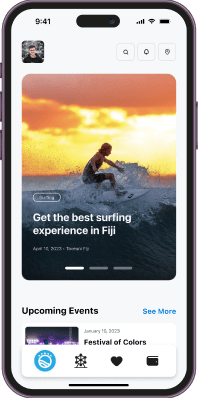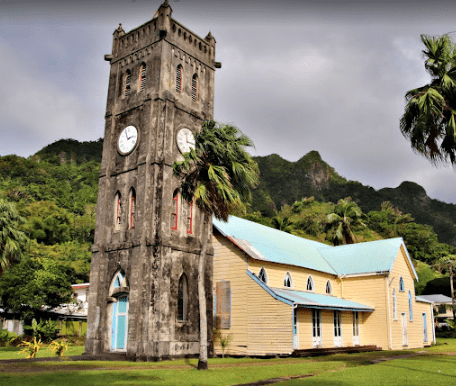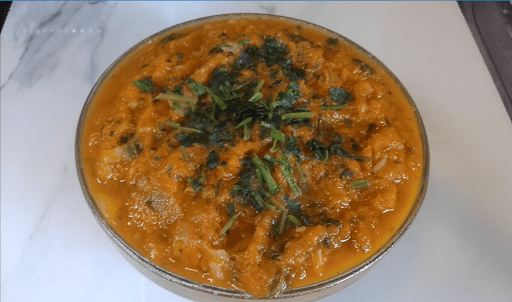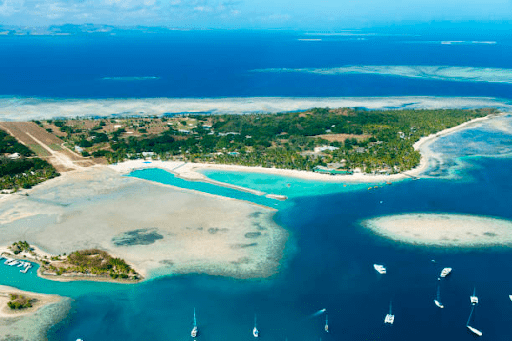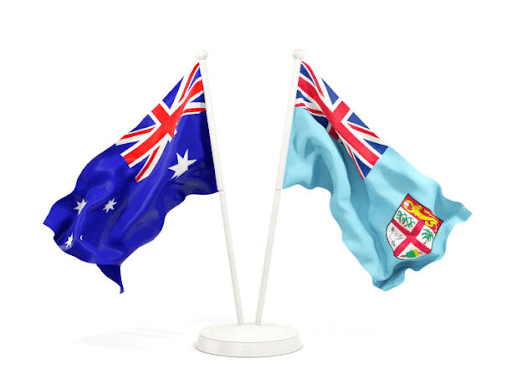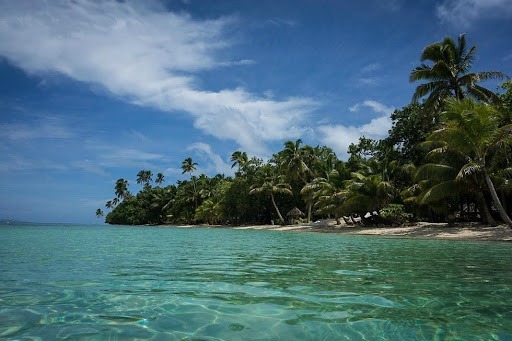A historical guided-walk into Fiji’s old capital, Levuka
Levuka, Fiji’s historical port town and first officially declared UNESCO world heritage site is considered to be Fiji’s ‘many firsts’, from the first town council, first bank, first police station and even the first newspaper printery in Fiji- the Fiji Times. Here’s 10 historical sites to see in Fiji’s historical port town. Starting from the southern part of town, we will work our way toward Levuka Vaka-Viti village, located on the northern part of Levuka town.
View of Levuka town from Levuka wharf.
Deed of Cession.
Photo Credit: National Trust of Fiji.
Located across from Nasova house and the headquarters home of Lomaiviti’s provincial office, the monument which sits on the coast side is the memorial for the 1874 cession of Fiji. The cession stone was erected where 13 of Fiji’s indigenous chiefs ceded Fiji to Britain, making Fiji a British colony on the 10th of October, 1874. The other monument with a flagpole marks the year Fiji gained independence on 10th October, 1970.
Levuka Community Centre.
Photo Credit: National Trust of Fiji.
Now as you reach the town area, starting off your tour of Beach street, Levuka’s main street, is Levuka’s Community Centre. The Centre contains a branch of the Fiji museum and the Levuka community library. Visiting the town back in July, the museum is housed in the oldest and first ever Morris Hedstrom (MH) shop building dating back to 1898, and is temporarily closed for renovations. But in the chance that you do visit the town and the museum is open to the public, then do take a turn inside as the Levuka community museum houses some of Levuka’s oldest and rarest artefacts and relics. These artefacts range from photographic collections of early settlers, indigenous artefacts and early colonial paintings.
Sacred Heart Parish Catholic Church
The church’s clock tower is strikingly visible from sea and was historically used as a lighthouse for those coming to port in Levuka. The Cathedral, detached but situated right behind the tower, was built in the 1860’s by the French Marist priests who had arrived earlier in 1858. The tower was later built and added to the church, to celebrate the arrival of Father Breheret to the Catholic mission, the church’s first priest. The Catholic mission which holds an extensive area of the town front, is the oldest in the South Pacific and considered the best developed under UNESCO standards. The Marist Convent School, opened in 1882, is directly located behind the Catholic mission.
Levuka Public School
Photo Credit: Fiji Museum.
Heading away from Levuka’s main street, we move inland to explore Fiji’s first public school, Levuka Common School. Now known as Levuka Public School, the school and (now) heritage site was established in 1879 with the aim of teaching a more secular based education for pupils as the only existing schools were set up by the Wesleyans, Catholics and other religious groups that had settled in Fiji.
Ovalau Club
Photo Credit: Fiji Museum.
Across Totogo Creek, from Levuka Public School is Fiji’s first private social club, Ovalau club. Founded in 1904, the club had supplied the town and surrounding communities with much of Levuka’s social buzz. The club, typical of early colonial buildings, has wood and push-out awning windows as one of its features. The club is closed with plans of its reopening currently underway.
Levuka Town Hall & Town Council.
Levuka is accustomed to being Fiji’s ‘many firsts’, including being the first municipality that also is housed in the oldest town hall in Fiji and the South Pacific. The hall which has a West Indies style architecture was built in 1898 and originally styled, Queen Victoria Hall, is located on Bowling road, between the Ovalau club and the ruins of the Masonic lodge.
Although originally settled by European settlers, traders and seafarers in the 1820’s. The Levuka municipality and the township was declared in 1877 and have operated within the town hall since its establishment till today. The Levuka town hall continues to be a significant part of Levuka’s social and administrative activity.
Masonic Lodge
Levuka town hall next to the Masonic lodge (right).
Right next door, to the town hall sits the ruins of the Lodge of Polynesia or according to locals, the Masonic lodge. The lodge is the oldest of its kind in the South Pacific and is grandly styled in Roman architecture. Since its establishment, the lodge and the Fiji freemason organisation itself has always been shrouded with suspicion in a Christian dominant country like Fiji, hence the reason for its burning in the year 2000.
Levuka Bowling Club
Next to the lodge is Fiji’s first ever bowling club, the Levuka bowling club. The beginnings of the club are unclear but archives of The Sydney Morning Herald dated September, 1871 mentions the following, ‘North Levuka has also a “bowling alley”- I believe a good one’. The bowling club is rarely in use today and sits as a reminder of Levuka’s once colourful colonial past.
Royal Hotel
The Royal Hotel, across the road and creek from the bowling club, is the oldest hotel in Fiji and the South Pacific. Still in operation today, according to ‘Fiji’, a book by David Stanley, the hotel was built in 1852. The hotel located on Robbies Lane was established to accommodate seafarers who had frequented Fiji seas. The hotel has changed ownership a few times and has been owned and operated by the Ashley family since 1927. Its entrance is accessible from Robbies Lane and if you are travelling by foot from Beach street, before the market bridge there is a path right beside the hotel’s cottages that leads you straight to the grand old hotel’s entrance.
Navoka and Levuka Vaka-Viti Methodist church
Navoka church, located on the foot of 199 steps, the longest steps in Fiji, is another heritage site to explore. The Methodist church in Levuka Vaka-Viti village was also built around the same time as Navoka, in the 1860’s, and both churches share a striking resemblance. The churches are considered to be the oldest in Fiji and are still being used today. Navoka is primarily used for its English-speaking congregation and Levuka for the village of Levuka Vaka-Viti.
There are other sites to explore in town such as the World war memorials located along Beach Street, one of which was also used as a site of Fiji’s first unsuccessful indigenous government in the 1870’s. Our one and only advice is, the best way to explore the town is to ask the locals or a local guide can easily be arranged with your accommodation- it does however come with a little fee.
